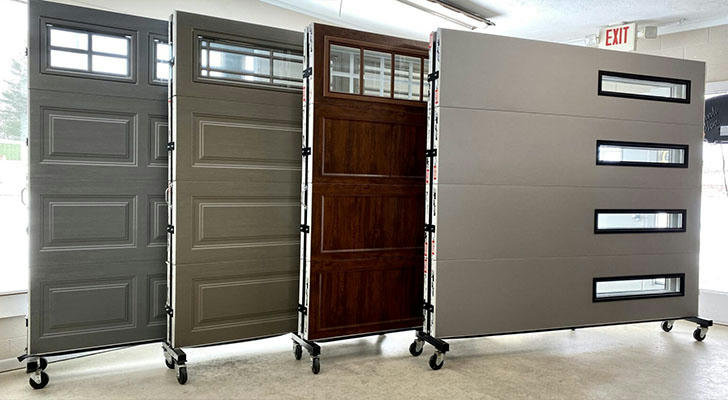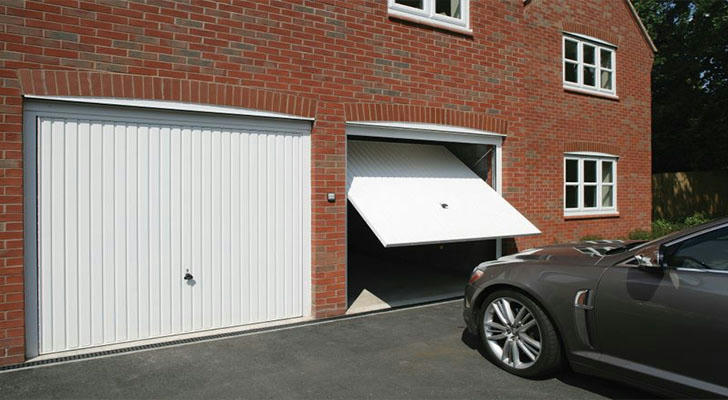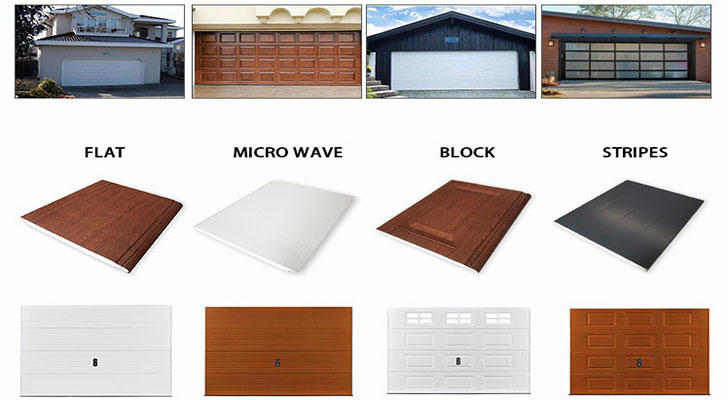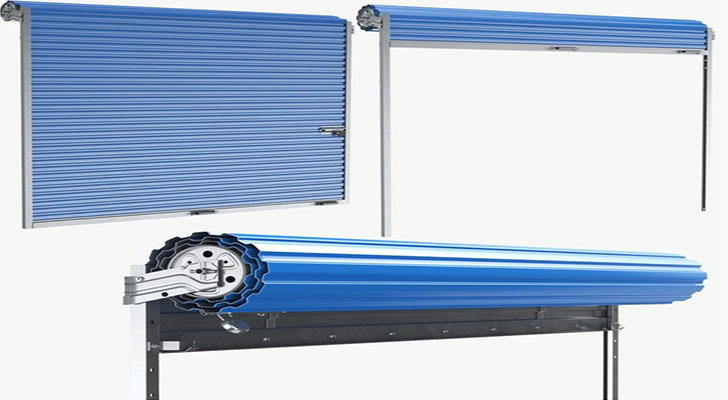Garage Door Types and Selection Guide: Which One Suits Your Home?
Choosing the right garage door is crucial for enhancing your home's appearance, improving safety, and ensuring functionality. The market offers various types of garage doors, each with its unique advantages and disadvantages. This article will introduce you to different types of garage doors, provide a selection guide, and include insights from industry experts and relevant data to help you make an informed decision.

1. Overview of Garage Door Types
Garage doors come in a variety of types, each with its own characteristics and suitable scenarios. According to the International Door Association (IDA), the most common types include:
Up-and-Over Garage Doors
These doors are available in retractable and canopy styles. Retractable doors fully retract into the garage, while canopy doors partially retract, leaving a portion outside. A study by the National Association of Home Builders (NAHB) notes that these doors are easy to install but may require a large opening space, which can be a consideration for homeowners with limited space.

Sectional Garage Doors
Composed of multiple panels, these doors move up and down along tracks. They are suitable for various garage opening shapes, offering high security and insulation. The U.S. Department of Energy suggests that well-insulated sectional doors can help reduce energy consumption by maintaining a consistent temperature in the garage.

Roller Garage Doors
These doors roll up into a box at the top of the garage, saving space. According to a report by the Garage Door Manufacturers Association (GDMA), roller doors are known for their low maintenance costs and good insulation properties, making them a popular choice for homeowners seeking efficiency.

Side-Hinged Garage Doors
These traditional doors consist of two large panels that open outward from the center. They are cost-effective and easy to operate but require a large opening space. As noted by the American Society of Interior Designers (ASID), side-hinged doors can add a classic touch to a home's exterior.

Round-the-Corner Garage Doors
These doors slide along tracks inside the garage, suitable for garages with limited headroom. A study by the National Institute of Building Sciences (NIBS) highlights their ability to be made very wide and their low maintenance costs.

2. Key Factors in Choosing a Garage Door
When selecting a garage door, consider the following key factors:
2.1 Garage Size and Shape
Width and Height: Ensure the door's dimensions match the garage opening. The National Association of Home Builders recommends measuring the opening carefully to avoid costly mistakes.
Shape: If the garage opening has a unique shape, such as an arch or angle, sectional doors might be the best choice. According to the International Code Council (ICC), ensuring compliance with local building codes is essential.
2.2 Budget
- Materials and Price: Steel doors are generally more economical, with prices starting around $500, while wooden doors are more expensive, often costing over $1,000. A report by the National Kitchen and Bath Association (NKBA) suggests that customization options can significantly impact the final cost.
2.3 Insulation and Energy Efficiency
- Insulation Needs: If the garage is adjacent to living spaces, opt for doors with high R-values (e.g., R-10 or higher) to reduce energy consumption. The U.S. Department of Energy estimates that well-insulated garages can save homeowners up to 10% on heating and cooling bills.
2.4 Safety and Security
- Door Materials and Structure: Steel doors and sectional doors provide higher security due to their robust construction. The National Safety Council (NSC) emphasizes the importance of regular maintenance to prevent accidents.
2.5 Aesthetics and Style
- Door Design: Select a door style that matches your home's exterior, such as modern sleek or traditional elegance. The American Institute of Architects (AIA) notes that garage doors can significantly impact a home's curb appeal.
3. Analysis of Advantages and Disadvantages of Different Garage Doors
3.1 Up-and-Over Garage Doors
Advantages: Easy installation, relatively low price (averaging $800 to $1,200).
Disadvantages: Requires a large opening space, poor safety and insulation compared to other types.
3.2 Sectional Garage Doors
Advantages: High security, good insulation, suitable for various garage openings.
Disadvantages: Higher price (typically $1,000 to $3,000), more maintenance required.
3.3 Roller Garage Doors
Advantages: Saves space, low maintenance cost, good insulation.
Disadvantages: May not be suitable for very wide garage openings.
3.4 Side-Hinged Garage Doors
Advantages: Cost-effective, easy to operate, provides quick access to the garage.
Disadvantages: Requires a large opening space, poor safety and insulation.
3.5 Round-the-Corner Garage Doors
Advantages: Suitable for garages with limited headroom, can be made very wide, low maintenance cost.
Disadvantages: Requires a clear wall for installation, may not be aesthetically pleasing.
4. Conclusion
Choosing the right garage door requires careful consideration of specific home conditions, including garage size, budget, insulation needs, safety, and aesthetics. By understanding the pros and cons of different garage door types and incorporating insights from industry experts and relevant data, you can find the most suitable door for your home, enhancing both its appearance and usability while improving safety and comfort.
